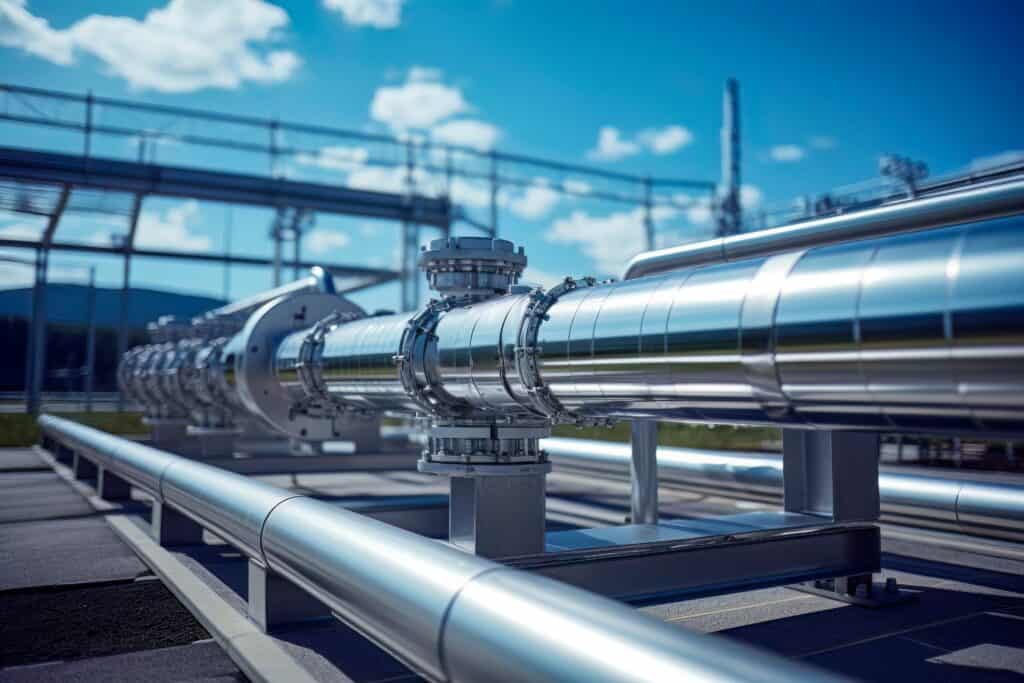Did you know that, wherever you’re reading this post, there’s quite likely to be an oil and gas pipeline buried deep beneath your feet? They work silently and safely around the clock to help deliver the oil and natural gas products that fuel our everyday lives.
Canada has a huge network of such pipelines. Each is designed and constructed specifically for the product it will carry – for instance crude oil, natural gas or liquid natural gas. But they can also be categorized further, depending on their place in the supply chain.
Four types of oil and gas pipeline
From the moment oil or natural gas are removed from the ground pipelines are used to transport them. There are four main types of pipeline used in the process of delivering oil and gas products from the point of extraction to the end user:
- Gathering Pipelines are used within oil and gas facilities to move unrefined product from wells to processing, refining or storage areas. These pipelines are owned and operated by the oil and gas exploration companies.
- Feeder Pipelines are also used primarily within oil and gas facilities. They transport oil and natural gas from processing, refining or storage facilities to the transmission lines. Like gathering lines, these are owned and operated by the oil and gas exploration companies.
- Transmission Pipelines are the larger diameter pipelines that are used to transport oil and natural gas larger distances; across provinces or across provincial/international borders. Transmission pipelines operate at high pressure, using compressor stations to keep the product moving. These lines are owned and operated by specialist transmission pipeline companies.
- Distribution Pipelines are smaller pipelines used to deliver energy products to the end user. For instance, they are the lines used to bring natural gas into homes and businesses for heating, cooking and other uses. Distribution lines are owned and operated by utility companies.
Without any of these types of pipeline, oil and natural gas products would have to be transported by alternative methods such as rail or road. Both these transportation methods emit higher levels of greenhouse gases than pipelines.
This was a post in our Pipeline 101 series in which we explain Canada’s pipeline industry and how they are working to safely and sustainably to deliver the energy on which Canadians rely. Stay tuned for more in this series.




